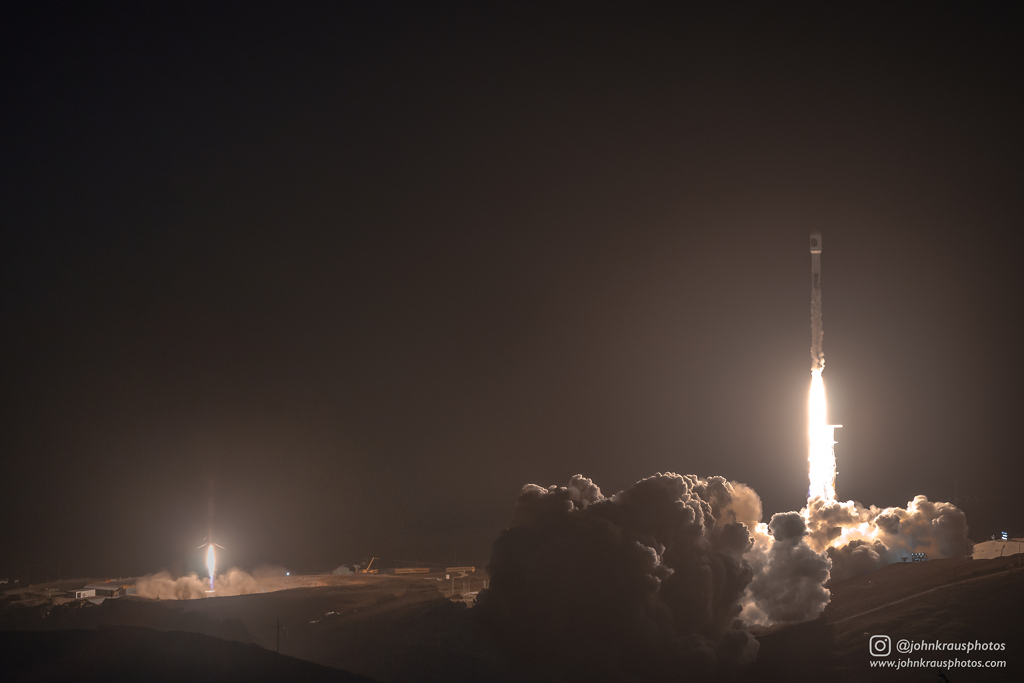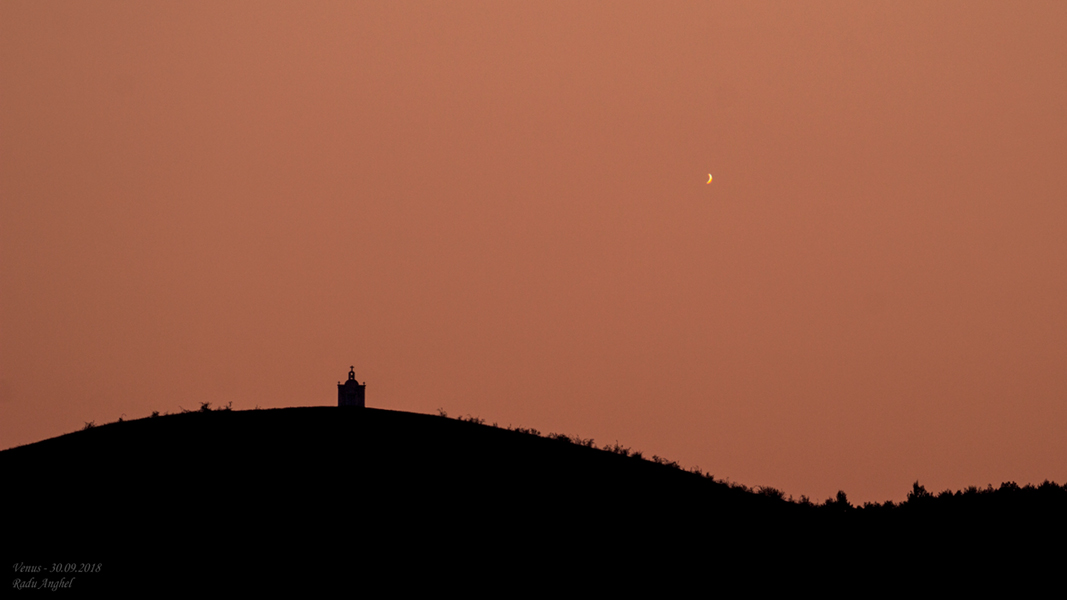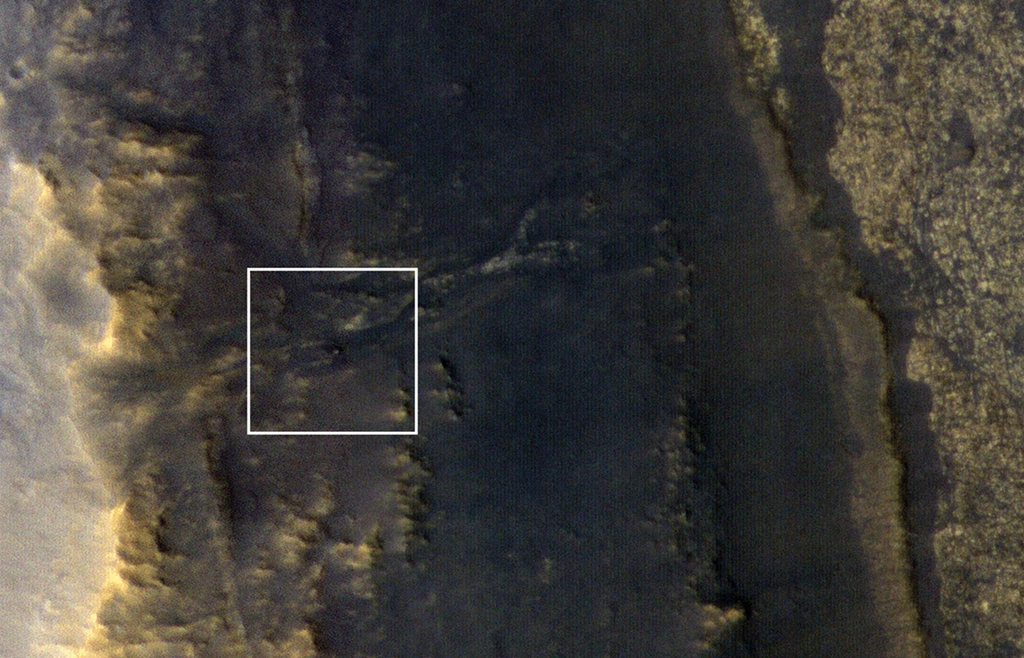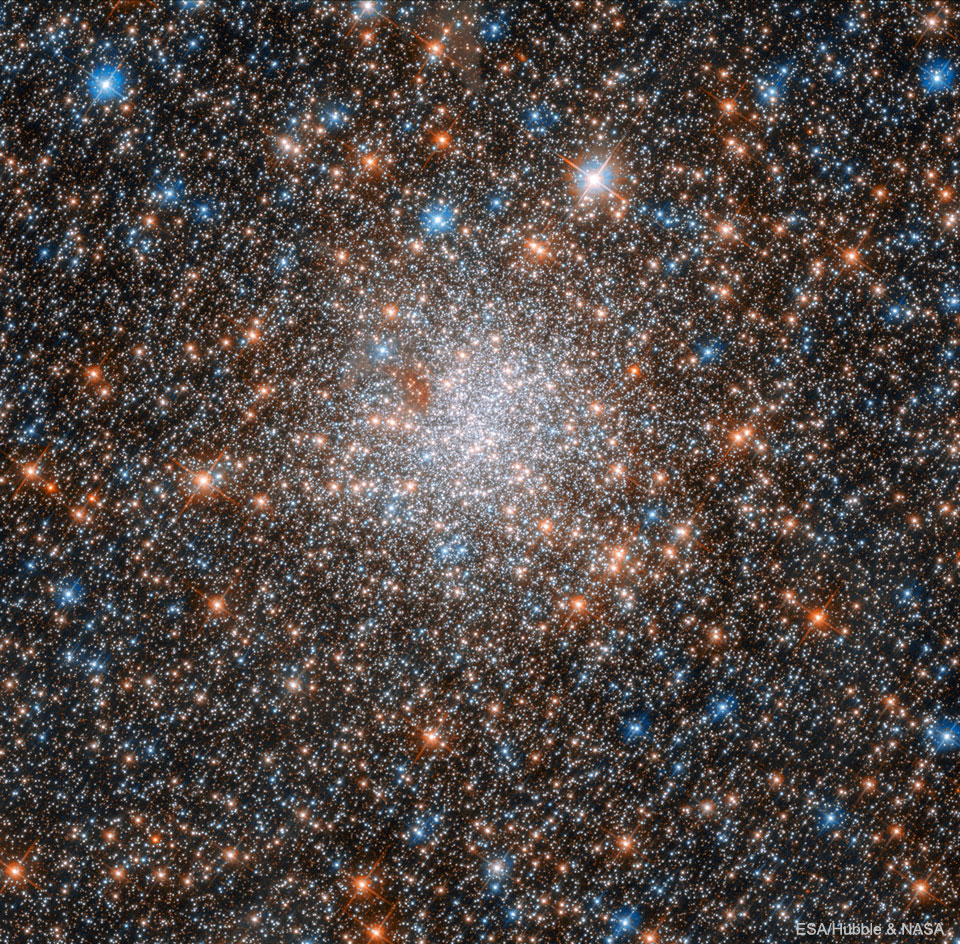
As multinacionais Coca-Cola, Pepsi e Nestlé são as que mais contribuem para a contaminação dos oceanos com plástico, segundo um estudo de um movimento ambientalista, que usou mais de dez mil voluntários para examinar lixo de 42 países.
Numa semana de setembro passado, fizeram mais de 200 ações de limpeza de plástico nas costas de países como as Filipinas, Tailândia, Vietname, Austrália, Chile, Estados Unidos ou Espanha.
De entre mais de 187 mil pedaços de plástico recolhidos, 65% eram embalagens de produtos de grandes corporações mundiais, sendo que a maioria era destas empresas. Outras marcas responsáveis pelo plástico que contamina os mares são a Danone e a Colgate-Palmolive, todas do setor da alimentação, higiene e produtos domésticos.
Em declarações à agência Efe, o coordenador do "Break Free from Plastic", Von Hernandez, afirmou que as marcas "têm de escolher se são parte do problema ou da solução", com as suas "embalagens de plástico desnecessárias", e decidir se vão continuar a fabricá-las.
Mais de metade das peças encontradas são feitas de materiais muito difíceis ou impossíveis de reciclar, como o plástico usado em garrafas e em embalagens descartáveis.Todos os anos são produzidas 320 milhões de toneladas de plástico e na próxima década a quantidade deverá aumentar 40%, o que fará aumentar exponencialmente a libertação de gases responsáveis pelo efeito de estufa.
"Devemos exigir às empresas por trás destas marcas de consumo de massas que larguem o mau hábito de sobre-embalar os seus produtos e inverter a procura pelo plástico", defendeu Von Hernandez. No seu estudo, o movimento refere que a produção de plástico também expõe a substâncias nocivas as comunidades que vivem perto das fábricas e que a contaminação se estende aos produtos embalados.
Lusopt







